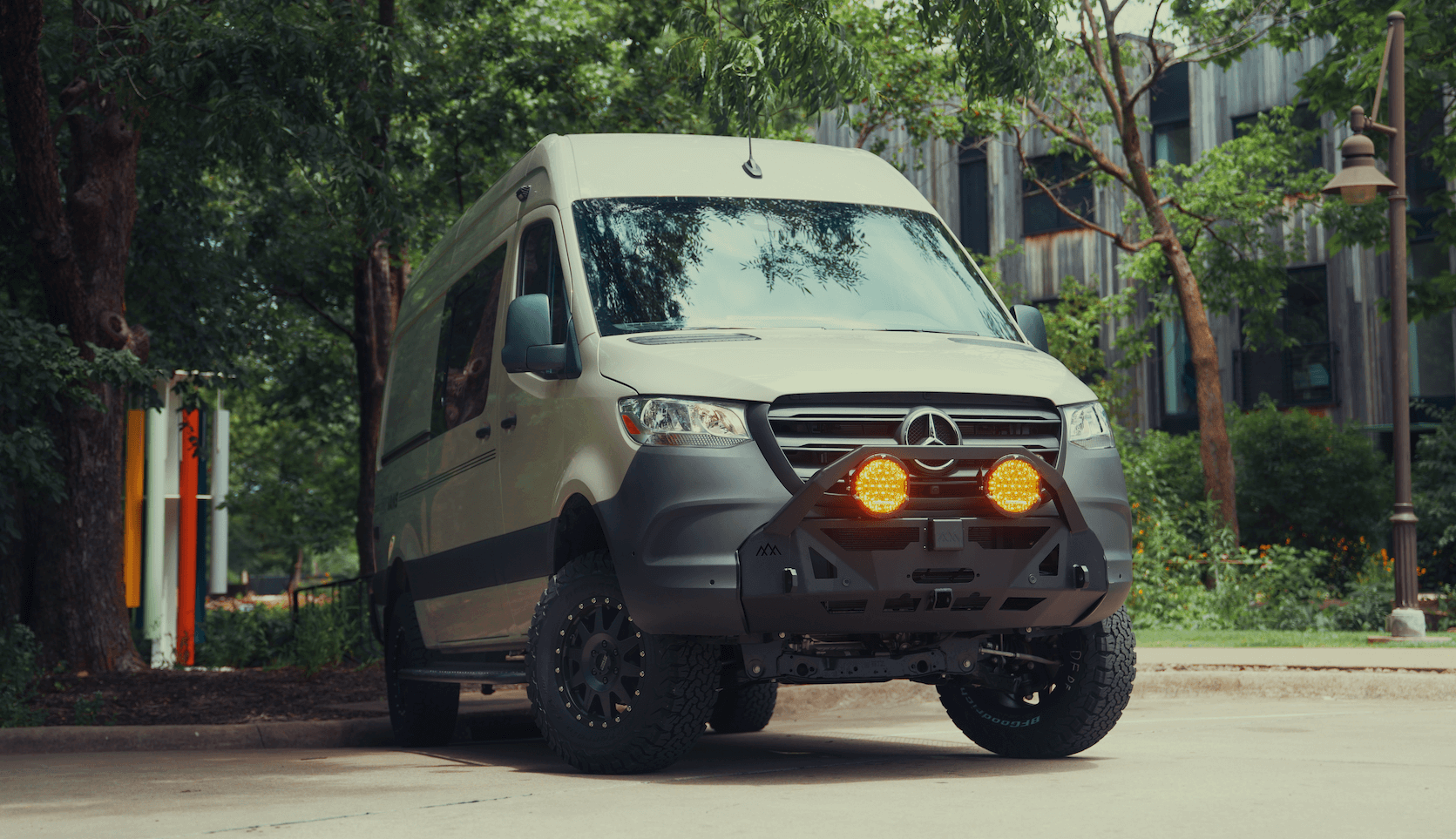Recreational Vans

National parks reward patience and preparation. Before you roll through a gate, scan the park website for reservations, permits, and seasonal restrictions. Several parks use timed entry for popular corridors. Arches, Glacier, Rocky Mountain, and Yosemite have used these systems in recent seasons. If a window is required, book the slot before you book the campsite.
Vehicle size matters more than many drivers expect. Scenic roads and campground loops often have maximum lengths or tight switchbacks. A camper van typically fits more places than long rigs, but check each park page for specifics. Limits in older campgrounds tend to hover near 22 feet to 30 feet. If your van carries bikes or boards on an external rack, include that in your measurement.
Pick seasons to match your goals. Spring brings waterfalls and cool nights. Summer delivers long daylight and crowds. Fall offers crisp air and color. Winter can be magical in the desert or harsh at altitude. Always check road status and chain requirements. Even a compact van needs traction devices in mountain parks when storms cut across passes.
Consider connectivity and park alerts. Cell coverage fades quickly behind granite walls or dense forest. Download maps to your device, print a simple day plan, and note emergency contacts at visitor centers. A national parks camper van trip runs smoother when the critical info lives on paper and offline maps, not just in a signal dependent app.
Campgrounds fall into a few types. Some provide electricity, water, and sewer, but many national park loops are dry sites. Dry camping means you bring your water, manage power usage, and pack out every scrap. Quiet hours are common. Generator windows are often morning and late afternoon. If you rely on a fuel powered generator, plan your charging to match those windows and stay considerate of neighbors.
Wildlife safety anchors many rules. In bear country, food storage is mandatory. Use bear boxes where provided and treat your camper van like a hard sided container with sealed food. Avoid scented items out on picnic tables. Cook, eat, and clean in a tight loop to keep odors down. In desert parks, ravens and small mammals can still tear into cooler lids, so latch everything.
Leave No Trace is not just trail talk. In camp, it looks like clean stations, sealed trash, and never dumping grey water on the ground. Use dump stations, follow posted hours, and keep the area tidy for the next traveler. A national parks camper van trip stays welcome when campers keep a low profile and a clean footprint.
Comfort in the parks comes from simple systems that work every day. A reliable power source runs fans, lights, and a fridge without the noise of a generator. Many campers use solar arrays and a proper battery bank to keep things quiet during quiet hours. Insulation and ventilation go hand in hand. A vent fan, shade, and reflective covers keep the cabin livable during hot afternoons.
Water planning prevents last minute runs to the store. Track daily usage for drinking, cooking, and cleaning. Carry a compact filter for refills at safe sources outside the park and a jug for quick top offs. Store grey water in a sealed tank and empty at approved stations. A national parks camper van that is dialed here can stay deep in a quiet loop for days without moving.
Think about storage with your daily flow in mind. Keep layers, rain shells, and hats near the door. Tuck climbing shoes, waders, or bike gear in bins that can move outside while you cook. Use soft bags for flexibility and keep heavy items low. Little details reduce campsite sprawl and make pack up quick when weather turns.
A purpose built national parks camper van makes this rhythm easier. When you are ready to plan a layout that fits park rules and your favorite activities, explore our Recreational vans and see what a focused cabin can do. If you have a dream itinerary and need a cabin designed around it, our Custom van build process tailors power, storage, and comfort to the parks you love. Looking for a financed platform to start from, with smart upgrades for park travel, view our Mainstream vans options.
Tell us where you want to camp first, and we will map power, water, and storage that keep you comfortable while meeting national park rules. Share your trip goals and we will build a quiet, capable cabin for long park seasons.
Ready to explore more parks with fewer compromises? Tell us how you travel and we will design a quiet, efficient camper van that fits national park rules and your daily rhythm. Submit the form to start your custom build conversation.
ADDRESS:
6159 E Huntsville Rd, Fayetteville, AR 72701
PHONE:
(479) 326-9200
EMAIL:
info@ozkvans.com